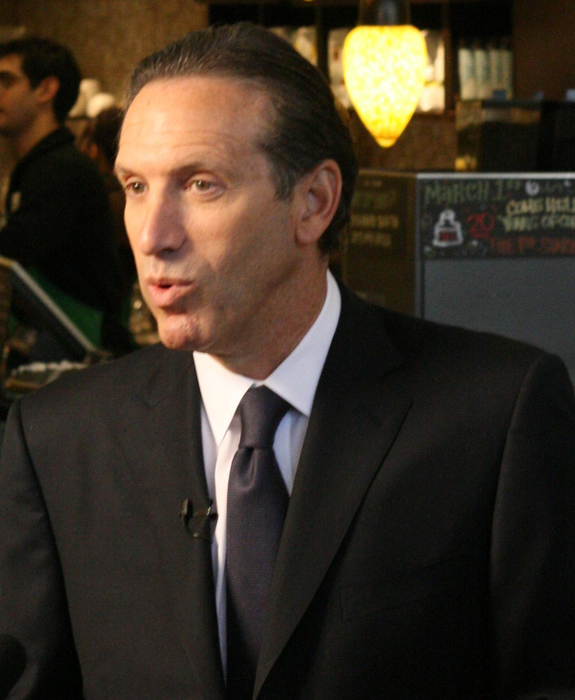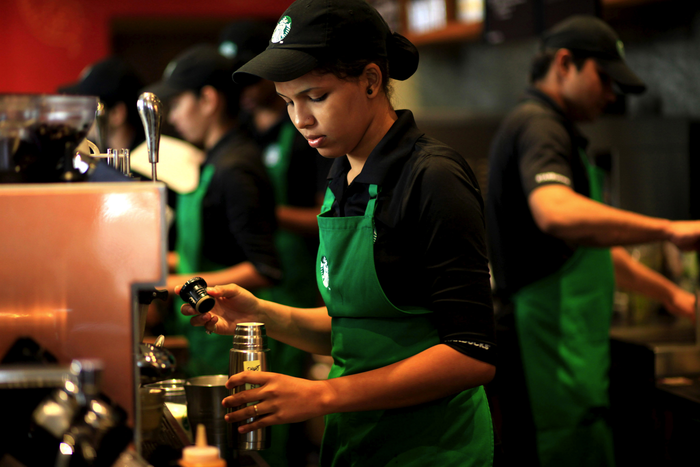Accelerate when you can, brake when you need to - Starbucks
Marc Redorta Apr 15, 2016
The story1 of Starbucks is like a trip on a rollercoaster. In just 30 years, this company has been created, it has gone public, it has expanded around the world to become a global landmark in the sector and it was even at the point of disappearing due to its success. When you delve into the Starbucks story, you realise the incredible scope of company growth and decline.
When discussing company management, we always place a marked emphasis on the idea of flexibility and the ability to adapt. This is not a coincidence. Nobody, not even the most optimistic or the most pessimistic company member can imagine which business scenarios will open up in either the mid or the long term. No one knows how the market will react to our strategies and much less to those of their competition. Nor do we know which future global economic context we need to adapt ourselves to. The ability to be able to analyse and make decisions rapidly and with clarity, and above all, with the courage to take a step back if necessary, is what may guarantee the survival of a company. And the history of Starbucks is a perfect illustration of all of the above.
The first Starbucks cafés, as we know them today, opened in 1987, on the outskirts of Seattle and Chicago, under the management of Howard Schultz. And things went pretty well. People seemed to be happy to pay a lot more for a coffee served in a different way and unique environment. Things went so well that new establishments were soon opened. After only two years, there were already 46 Starbucks cafés in the U.S.A. and the company roasted more than a tonne of café each year2.

So much caffeine in one place seemed to provide an enormous stimulus to company management, who accelerated the company’s expansion process even more. In June 1992, when the company went public, it had 140 cafés and profits of 71 million dollars. And rising. In fact, 12% of company shares were sold on going public, which allowed expansion to continue, and in two years, the number of establishments doubled, and share prices increased by 70%3.
And on reaching this point, Howard Shultz decided that the U.S.A. was too small for them. It was now time to conquer the planet. Japan, the United Kingdom and Mexico were the first on a list of 67 countries that led Starbucks to become the most important café sector company in the world, and very probably, in history. More than 17,000 establishments attest to this fact. By way of example, between 1987 and 2007 two new cafés were being opened every day.
But up until then, nobody had asked the key question: is it really necessary to have a Starbucks on every corner? The company’s overexpansion had conquered the market, but it led to customer saturation. And in early 2008, many clients were beginning to suffer the effects of the recession, and sales began to fall. The message from the regulars was clear; enough lattes. The company’s income and profits fell dramatically and its share price halved. Starbucks was moving dangerously close to the precipice4.
Howard Shultz took over the reins of the business and requested the analysis of each establishment’s profits, one by one. Which, let’s face it, this is what business intelligence tools are for. The first decision was to close the 900 least-productive establishments that the company owned (in Australia, for example, 61 out of 84 cafés were shut down). This allowed him to reduce the recurring costs for staff and premises. This saving was then partially invested in the company’s more profitable establishments.
However, the most surprising decision took place on the 4th of March 20085. The company closed its 7,100 establishments in the U.S.A. for 3 hours to train its 135,000 employees on "the art of making espressos" and to “revitalize them”. The initiative was an excellent marketing operation. With a single press release, and the closure of the company during three hours for the nationwide training course, customers were given the idea that, from then on, the cafés would be better and the staff would be even more professional and friendlier. The entire American media and many international press sources broadcast the news.

From 2010 onwards, company strategy focused on upselling and cross-selling; strategies which involve getting people to spend more time and so consume more in their establishments, and so it offered free Wi-Fi in all its cafés. The company is currently working on offering wireless phone charging terminals (using Powermat technology) so that nobody has to fight over a socket; it is also working on payment using smartphones, which are now used by 16% of its clients6.
Starbucks has, as the metaphor goes, pushed the pedal to the metal when the engine and the road allowed it to. However, it has also known how to break in time when curves were ahead and when it was losing control of the company. Using the proper analytical tool and better staff with the ability to interpret them may be essential in ensuring the success of a business project. It would seem so, as Howard Shultz is currently among the 1,000 richest people in the world7.
SOURCES
- Starbucks profile. Wikipedia. Updated on the 7th of September 2015.
- Forty years young: A history of Starbucks. The Daily Telegraph. 11th of May, 2011.
- "Coffee Firm's Plans to go National are Percolating". USA Today. Linda Dono Reeves (8th of September 1992).
- Starbucks F3Q08 (Qtr End 6/30/08) Earnings Call Transcript. Seeking Alpha. 31st of July 2008.
- Starbucks Takes a 3-Hour Coffee Break. New York Times. Michael M. Grynbaum. 27th of February 2008.
- “Wake-Up Call”. Fast Company. Austin Carr. July/August 2015.
- The World’s Billionaires 2015 Ranking. Forbes. Updated on the 7th of September 2015.
